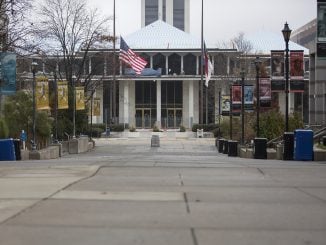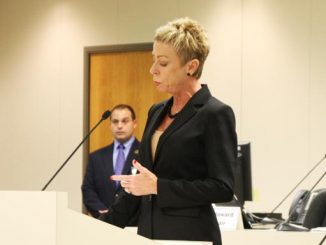
RALEIGH — A state audit found a Helene relief station in Swannanoa had an estimated daily cost of $145,000, totaling $27.4 million.
The audit, conducted by the Rapid Response Division of the North Carolina State Auditor’s Office (OSA), examined the operations of the Community Care Station established in Swannanoa following Hurricane Helene.
“In the middle of a disaster, providing a warm shower, laundry facilities to wash clothes, and a place to rest is responsive to the public need,” State Auditor Dave Boliek said in a press release. “That said, the government must always be cognizant of costs and routinely assess if we are making the most out of tax dollars.”
The Swannanoa care station provided members of the public in the region with bathroom facilities, showers, laundry services, and access to cellphone service and Wi-Fi. Potable and nonpotable water access, as well as counseling services, were also available at the site.
The audit covered operations from October 2024 through April 2025, finding that approximately 14,000 showers were taken using the 32 shower stations on site and 18,000 loads of laundry were done using the 30 washers and dryers.
The total cost of the laundry services was estimated to be $3.9 million — an average of $220 per load.
“OSA could not identify cost per shower because cost data was mixed between showers and restrooms,” according to the audit.
The Rapid Response Division’s audit says station staff were paid an hourly rate between $87.30 and $145.50 and received a $215 per diem. The labor figures are separate from the average daily cost of the station.
“Billions of dollars are spent on disaster relief, and North Carolinians deserve to know where those dollars are going, how much contracts cost, and what the end result is,” Boliek said. “The State Auditor’s Office will continue to evaluate dollars spent on hurricane relief. The more information we produce, the more can be learned about where improvements need to be made in response to the next disaster.”
Tracking of the Community Care Station did not begin until Nov. 21, nearly a month after the site opened on Oct. 23. The OSA’s recommendations included making sure processes were put in place for future disasters to monitor such sites from the first day through close. Better and more detailed record-keeping was also recommended for oversight and effective resource allocation purposes.


